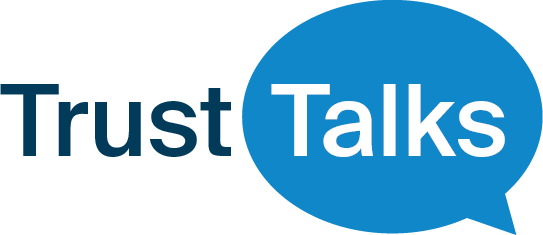Overcoming Obstacles to Digital Identification

In a previous blog, we introduced the concept of “digital ID” a digital collection of online information and data points that establish a unique, individual identity, just as information like birthdays, addresses, and social security numbers underpins existing, physical identification documents. In an increasingly connected world, the concept of secure, interoperable digital identity is a potentially transformative solution, but it’s not without its challenges.
Sea change for governments
The first, fundamental challenge is for key stakeholders to embrace an entirely new methodology for establishing identity, and to understand the shifting roles that come along with that change. In the earlier blog, Bart Suichies, Head of Digital & Software at SICPA, argued that creating a secure, reliable system for digital identity will require a substantial shift in thinking from governments, which – today – are the primary issuers of trusted identity documents. In order to reflect the migration of so many critical, daily functions online (from banking to government applications to shopping), governments must transform to become the facilitators of “an ecosystem of actors that all have a role to play in identity,” says Suichies. Rather than continuing as “issuers” of physical identify documents, governments must embrace a role as “certifiers” of identity, a subtle linguistic change, but one that will require an entirely new skill set from government.
Need for private sector collaboration
The private sector, too, must rethink its traditional role and approach in order to play a productive role in the creation of an effective digital ID system. According to Suichies, building an open, interoperable system will require the private sector to shift from a value proposition that emphasizes control over a unique, proprietary product to one where multiple private sector actors agree to build and improve on a single standard, monetizing the value added to consumers – including governments – rather than the standard itself. As an example, Suichies points to Europe’s relatively rapid adoption of the GSM standard for mobile technology – which was developed collaboratively by actors in the market – as compared to initially competing standards in the United States that led to significant interoperability challenges.
How will users adapt and adopt
When it comes to individuals, some of the challenges inherent in a shift to digital ID are still being defined, according to Suichies. For example: how will individuals’ behavior change if they have a digital representation of their identity in their phone or mobile device all the time – as opposed to physical identification documents that can be held in the hand? Will individuals feel more secure? Less secure? Another challenge for individual users: personal information is currently spread out among many different digital applications – in the form of profile information and credentials held in individual apps. It remains to be seen how users react to the potential consolidation of information into a single “wallet.” How much more control will users have – especially if the number of decision points decreases? Will users be inclined to take an active role managing their information? Government and regulators may play an important role in establishing guardrails before, during, and after this shift.
Finding solutions to these challenges – for governments, the private sector, and individuals – will be essential to the development of trusted digital identity systems that have the power to provide secure, interoperable identification across sectors and borders.

